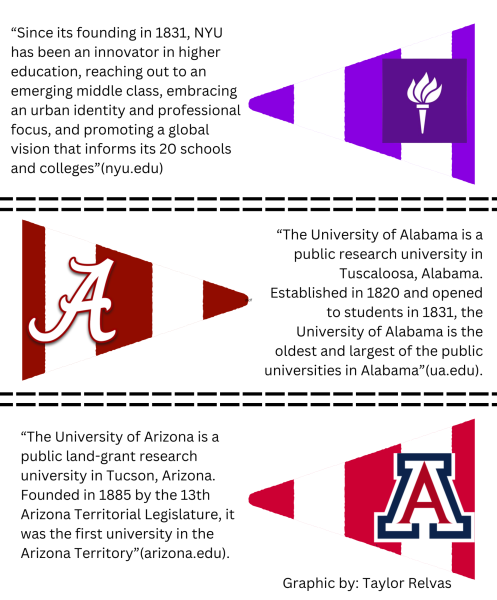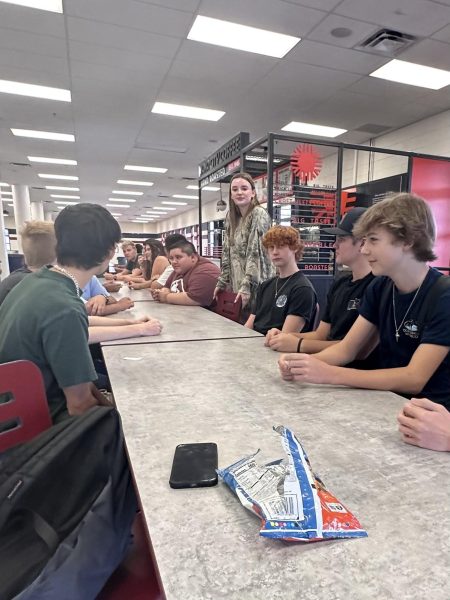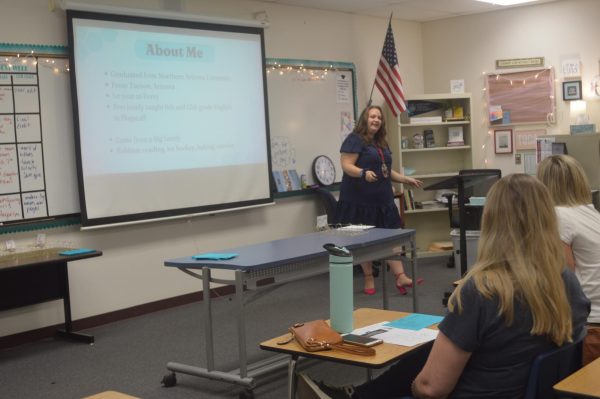On-campus activism takes focus from school to specific movements
May 15, 2018
Nothing beats student activism. For years, it has been a struggle to get students and young adults to vote, with a historically low participation rate of 46.1 percent for 18-29 year olds in the 2016 presidential election.
So why is everyone complaining now? In the wake of the Stoneman Douglas shooting, student activists on both side of the political spectrum have begun to speak out, both against party agendas and each other.
On Apr. 20, the 19th anniversary of the Columbine massacre, hundreds of students chose to walk out of their classrooms at 10 a.m. for 17 minutes and peacefully protest.
Reasons for student participation varied, but all were related to the honor of victims of mass shootings and a desire to change current gun legislation, both at state and federal levels.
What is great about walkouts like these is the way they allow students to make their voices truly heard, which can be difficult for minors. Rather than just spouting their opinions online, it allows these young advocates to become advocates for change; to mobilize and become active participants in real-life politics, on issues that really matter to them.
But for all the students walking out for the right reason, there’s always a few who do it for the wrong reasons: violence, truancy, and even vandalism. The walkout was just an excuse to get out of class, to see friends, and to mess around. Any amount of time outside of class is time well-spent.
And there’s no denying walkouts can and will be a disruption, especially to the students who choose not to participate. Even though our rights as students were protected in the famous Tinker v. Des Moines case, one might argue school is no place for political movements and protests to take place.
We come to school to learn and grow, not demonstrate our political beliefs.
The question many who are not walking out will ask is as follows: Why should my education be put on hold for a political movement I choose not to participate in?
And why should it?
While yes, it is for a noble and important cause, 17 minutes won’t hurt anybody, right? That is over a quarter of class time that could be used for valuable instruction. For the student who just does not quite grasp the concept, for the student who will not have internet access at home, for the student who works from after school to ten p.m. and won’t have time for both homework and a decent sleep.
It is not that we are for gun violence, for the deaths of the hundreds of students since Sandy Hook who have died in the same way, or even necessarily for military-grade arms and ammunition.
We’re just for our education, for the arguments on both sides, and for the Bill of Rights, and not for compromising on any of our rights guaranteed to us by it.




